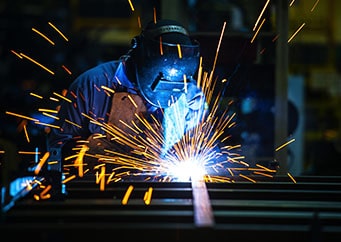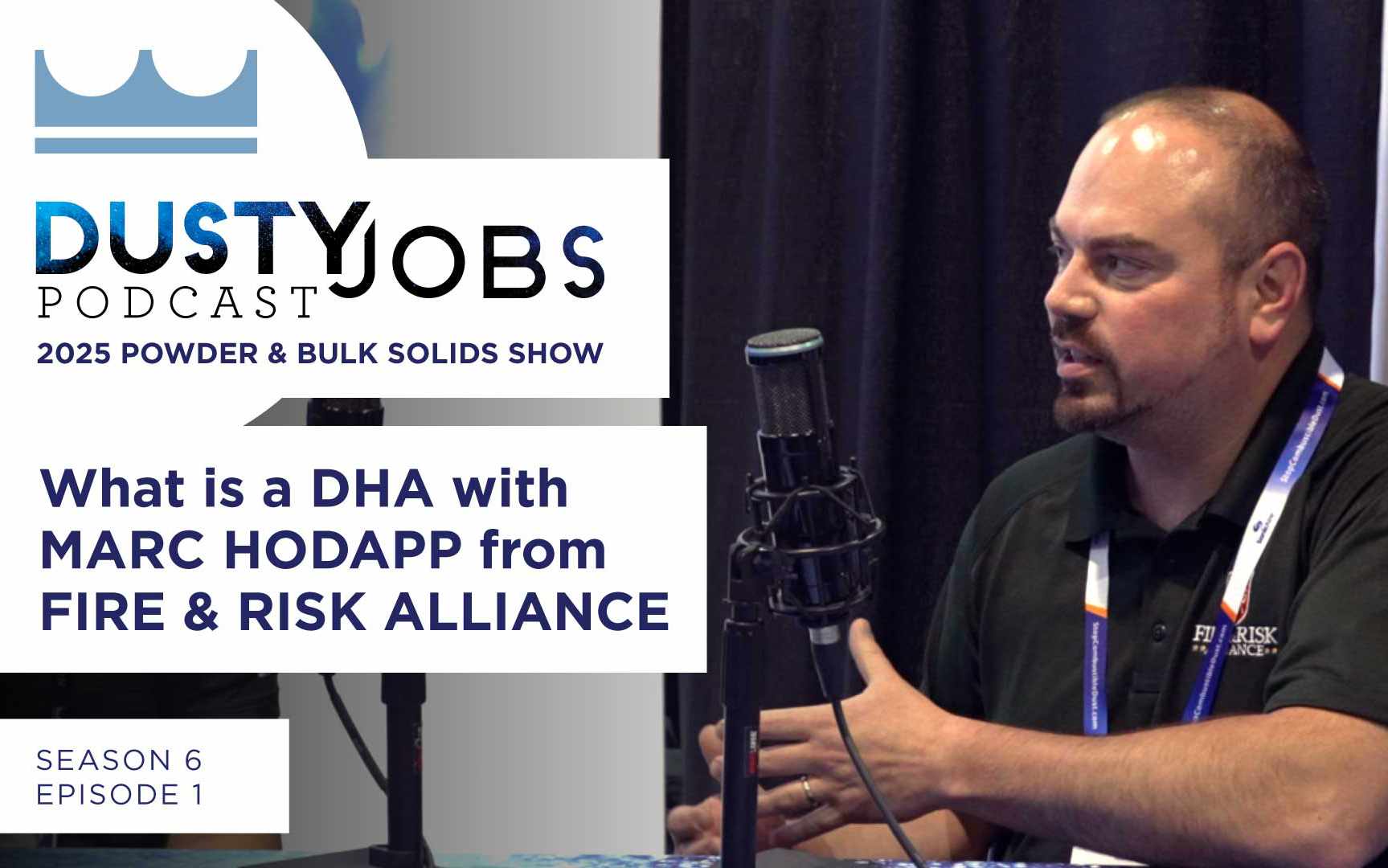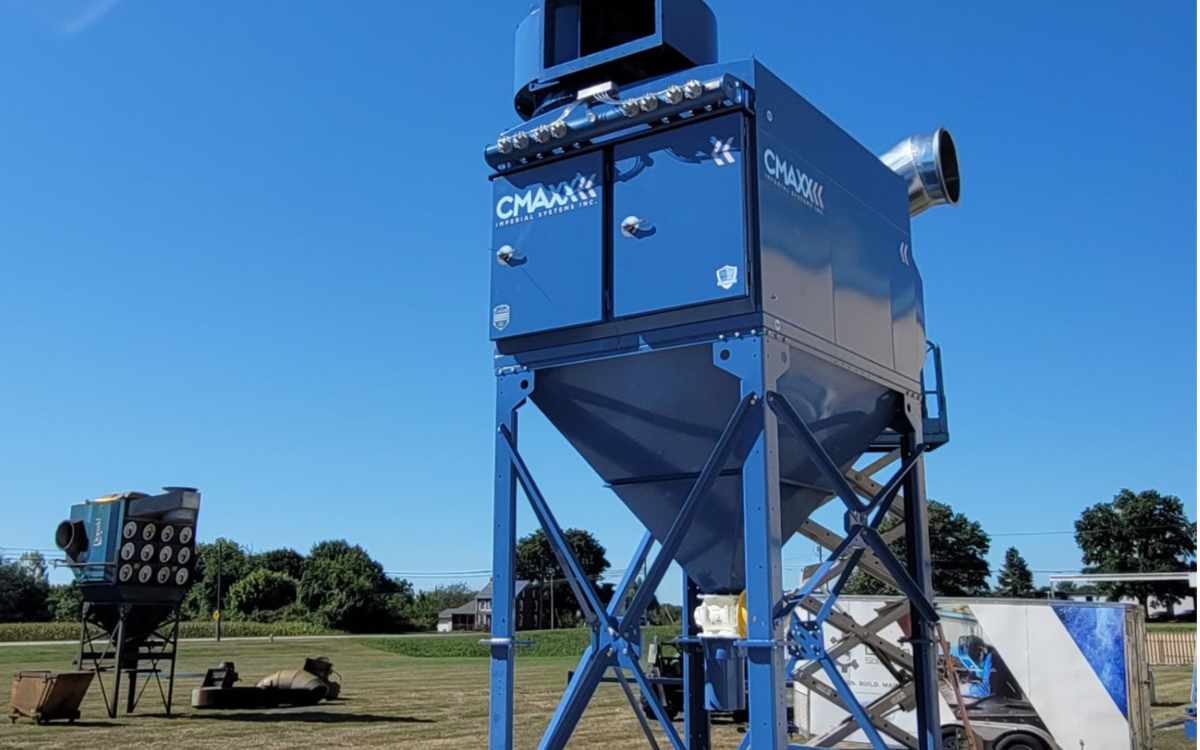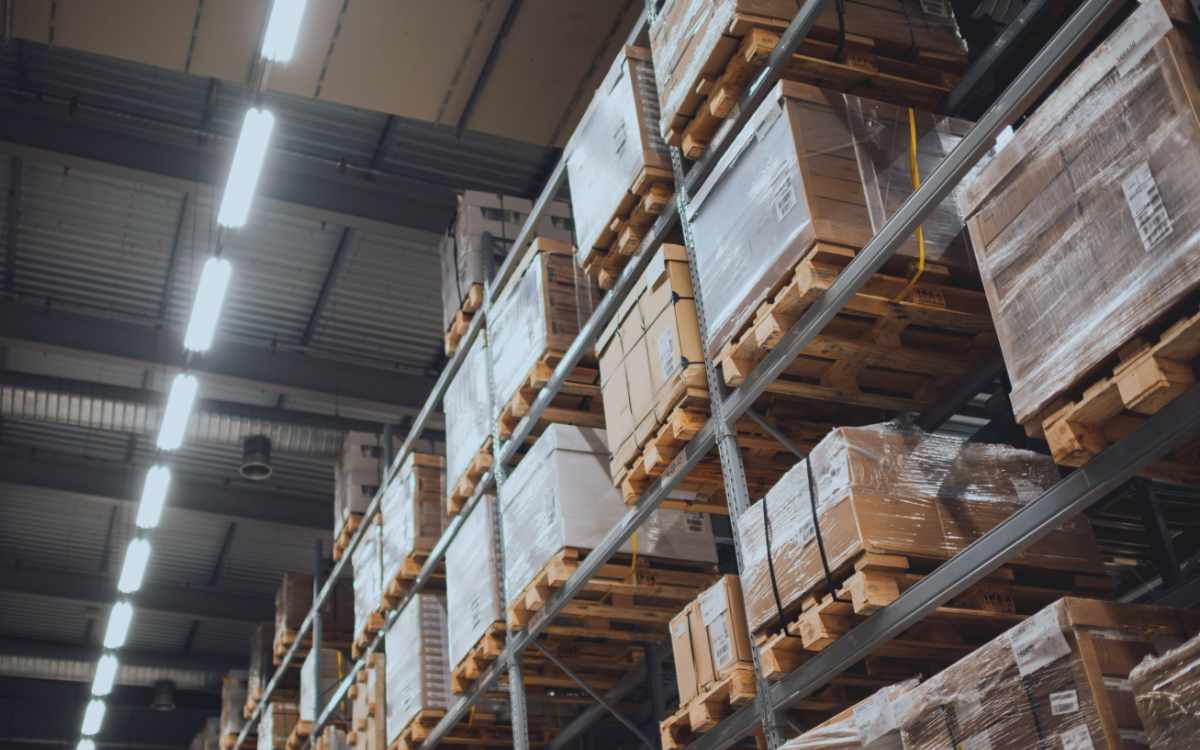Welding Fumes Meet “CSI”: Why Scientists Are Collecting Welders’ Toenails
A group of researchers interested in exposure to metals in welding fumes come to your workplace to collect samples. You might think they’d be there to test the air quality or to take samples of fumes or dust. However, these researchers didn’t come to do any of those things. The only equipment they bring with them: paper envelopes and toenail clippers.
That’s right… these researchers are here for your toenails.
That’s how researchers from the Harvard School of Public Health (Grashow et al, 2014) studied the long-term exposure to toxic metals in weld fumes in a group of welders in Massachusetts. The welders provided several toenail samples over a period of time for analysis of the clippings.
Some forensics television shows have investigators acquire a hair sample and test it for poison. This works because many things that get into our bloodstream, including metals, deposit into our hair and fingernails as they grow. The researchers chose toenails because they grow more slowly and give a record that covers a longer period of exposure.

So what did they find?
Even among workers who wore respirators, researchers were able to detect lead, manganese, cadmium, nickel, and arsenic. Lead is a well-known health hazard, and you probably know that arsenic isn’t a good thing either. Long-term exposure to manganese often leads to central nervous system problems that can mimic Parkinson’s disease. Cadmium can cause cancer, and nickel can cause skin problems and lung irritation.
Respirators are a key part of controlling exposure to welding fumes. However, exposure to enough of these metals would reveal their presence in their toenails. While it wasn’t within the scope of this research study to determine exactly how workers were exposed, one possibility is that respirators may be worn while welding, but not while doing other work around the shop in places where dust from cutting and welding may have accumulated.
A dust collection system that removes welding fumes and dust from the air completely will prevent toxic metal particles from accumulating in your work areas. Respirators may prevent inhalation during welding, but if the weld fumes aren’t being removed from the air, workers can still be exposed to it. A system that keeps the air clean for your entire facility doesn’t just protect workers while they’re wearing respirators. It protects all of your workers, all of the time.


